Build Design Systems With Penpot Components
Penpot's new component system for building scalable design systems, emphasizing designer-developer collaboration.

uxdesign.cc – User Experience Design — Medium | Andrew Coyle

I have always wanted to design an app for virtual reality. I have created a number of concepts in After Effects and other design software, but I knew they were impossible to view in VR.
So when Oculus dropped the price of the Rift last week, I decided to finally buy it and figure out how to build something. I have heard great things about Unity3D, which is a cross-platform game engine that is free for personal use.
Below, I have distilled a guide (8 steps) to build a simple VR scene to be previewed with Oculus without any experience with Unity3D or building for virtual reality.
Go to Unity3D’s website, click “get unity” in the top right, and download the free personal version.



Download the software onto your computer, and create a Unity account.

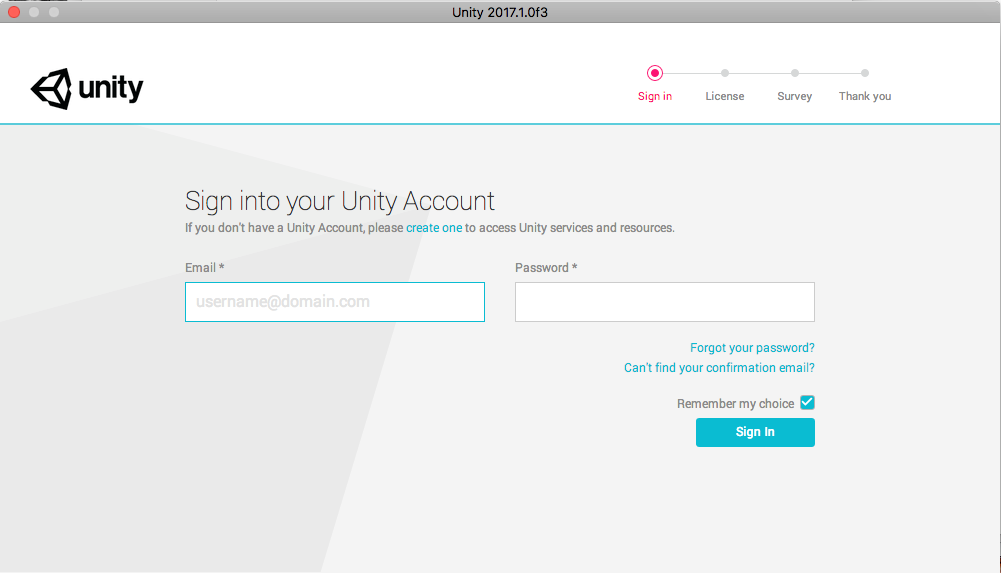
Create your first project and make sure “3D” is activated.
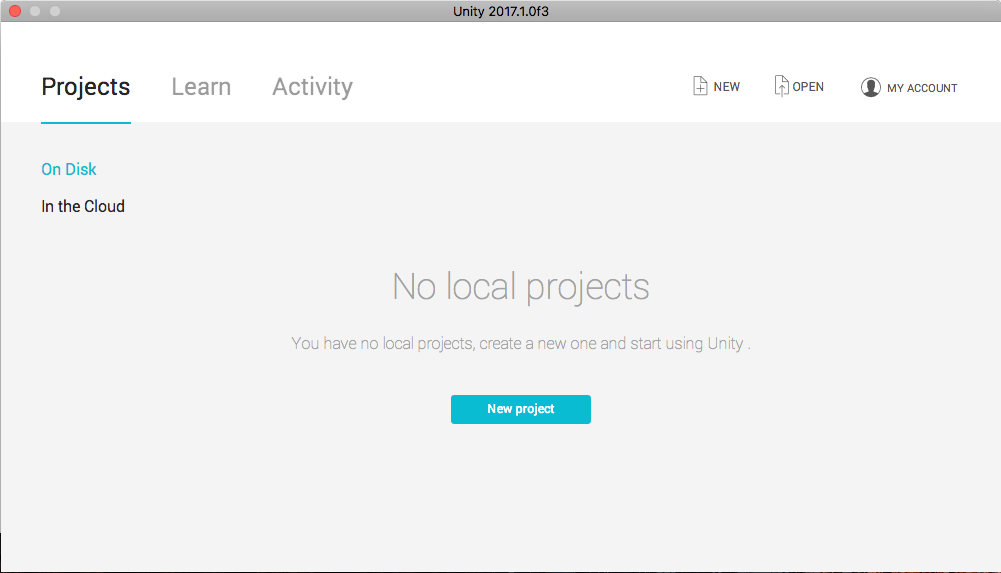

 If successful your environment should look like this.
If successful your environment should look like this.
Navigate to edit > Project Settings > Player, and go to “Other Settings” in the left panel and check “Virtual Reality Supported.”


Create a simple scene by adding a cube on a plane. GameObject > 3D Object.
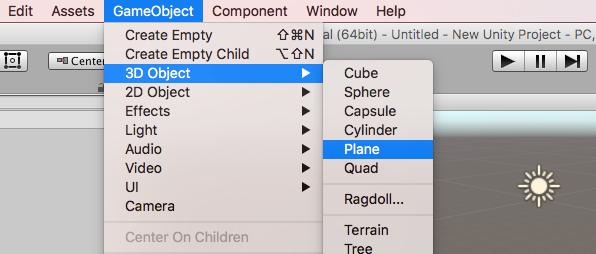
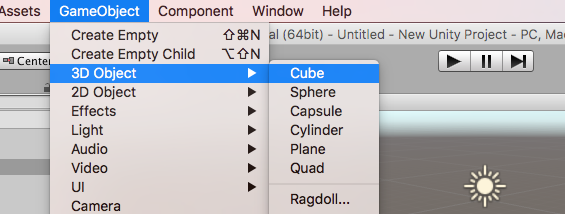
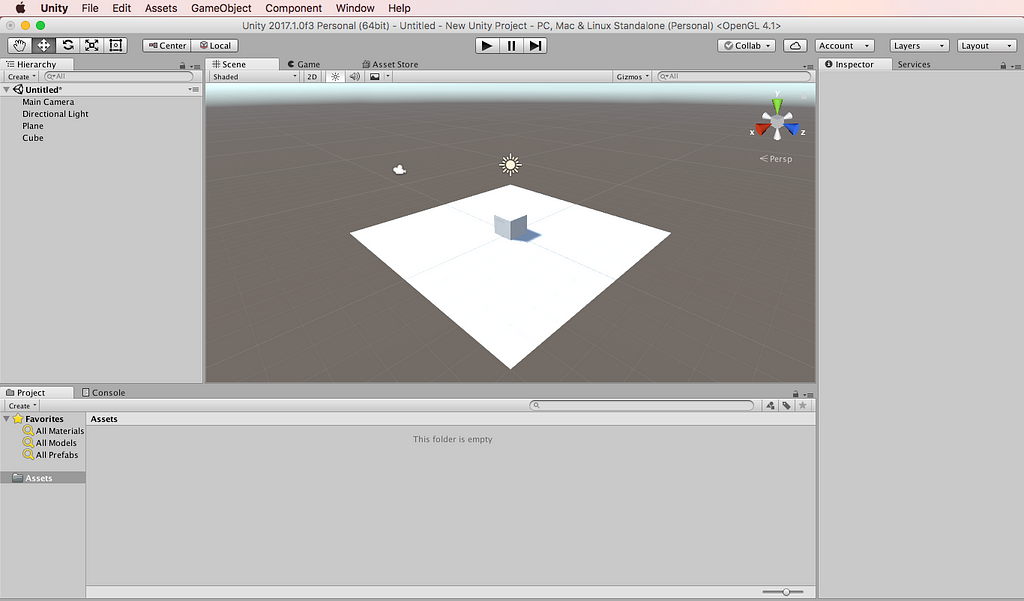
This is where the magic starts. Go to Assets > Import Package > Characters, and import the assets. Then in the bottom panel, navigate to Standard Assets > Characters > FirstPersonCharacter > Prefab > and click and drag FPSController onto the scene.
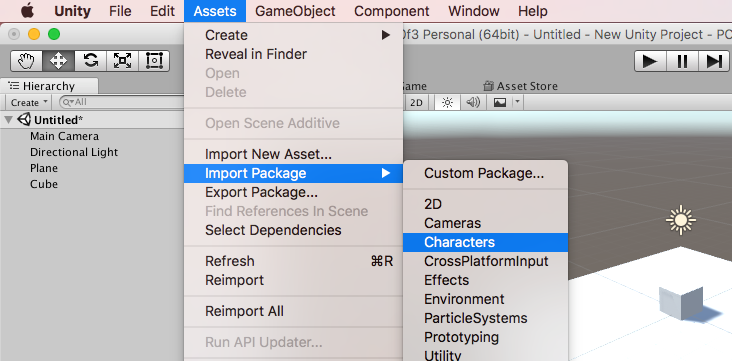
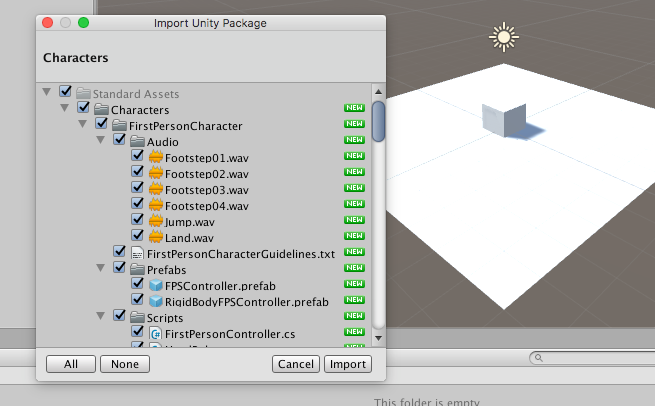
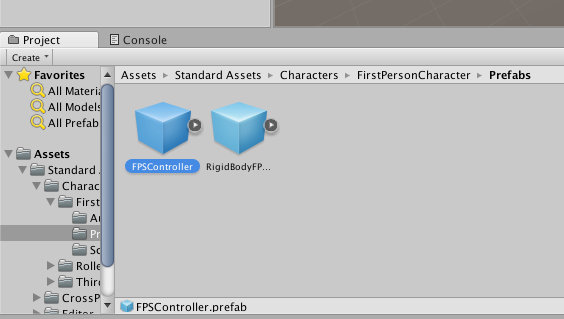

Click the play button and view you scene. Click “W” on your keyboard to walk forward, “S” to walk backward, and “A” and “D” to move side to side. Your mouse pointers acts as your view.
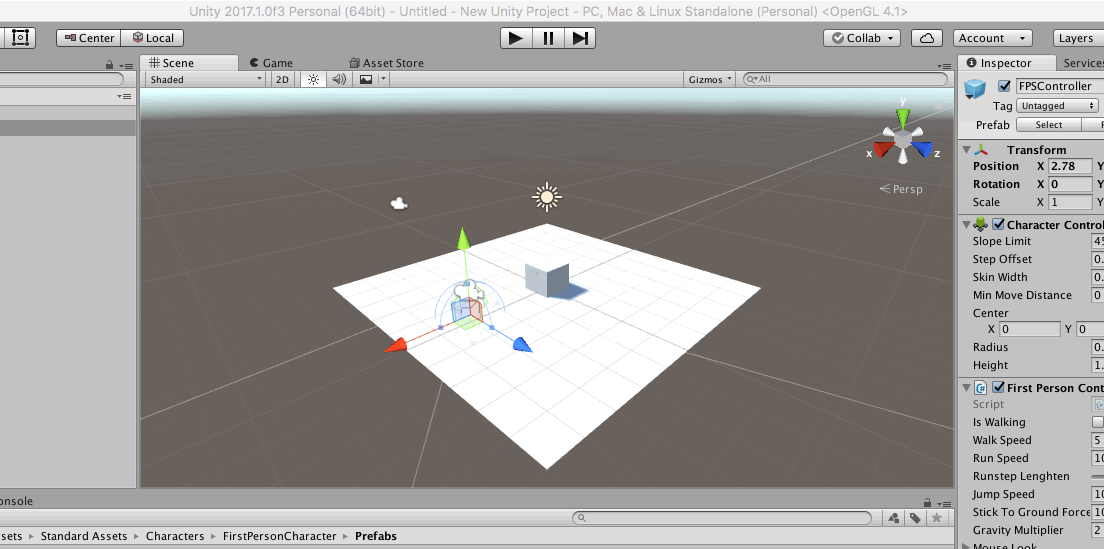
Experiment with Unity3D. Explore the asset store. Build something awesome.
Then, go to the Oculus app on a VR enabled computer. Navigate to Settings > General, and make sure “Unknown Sources” is allowed. Then, press play in Unity, put your headset on, and immerse yourself in the virtual world you created.
Note: Unfortunately, Macs don’t have VR support at the time of writing.
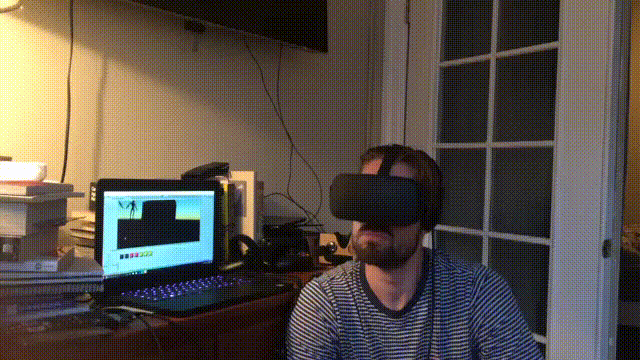 I created a scene with ominous robots in the distance
I created a scene with ominous robots in the distance
Learn more about how to design for virtual reality with these helpful articles and review Unity’s VR documentation.
If you found this article of value please click the ♡ below so others can find this post.
Find me on Twitter, and Dribbble.

A Quick Guide to Creating a VR Experience was originally published in uxdesign.cc on Medium, where people are continuing the conversation by highlighting and responding to this story.
AI-driven updates, curated by humans and hand-edited for the Prototypr community